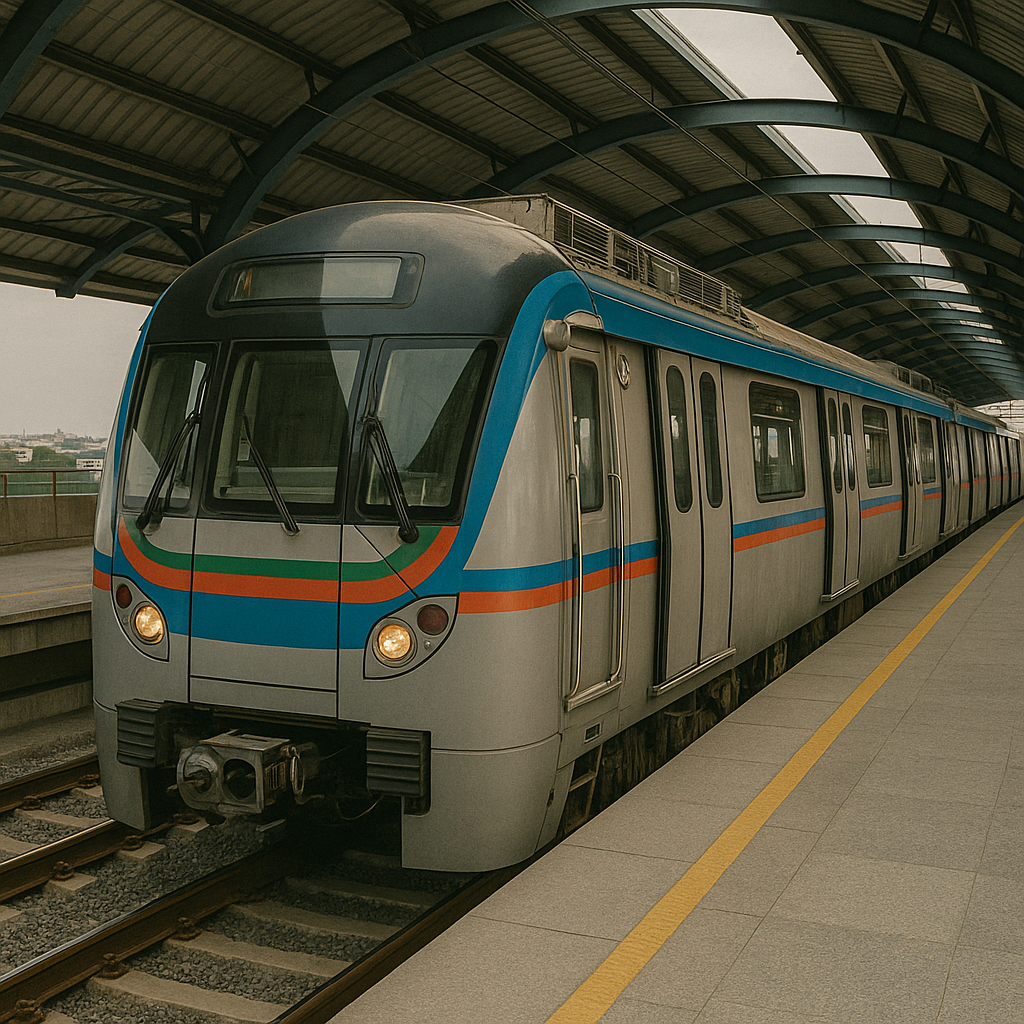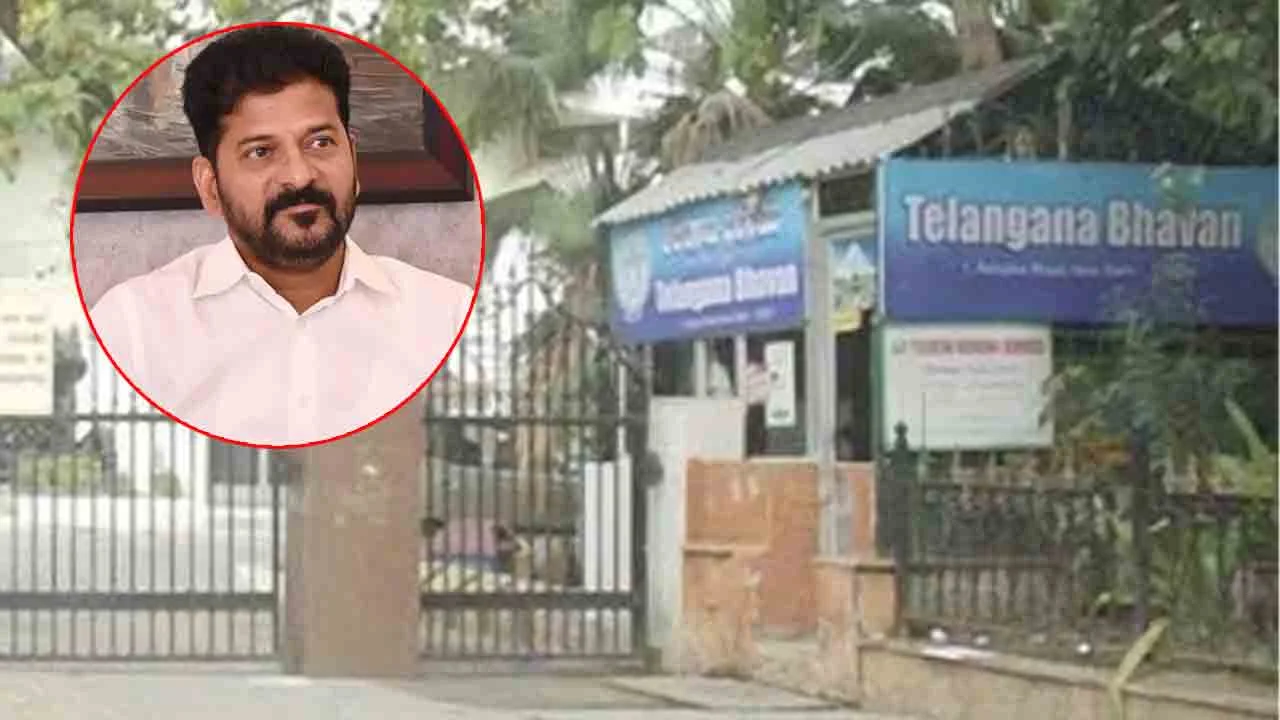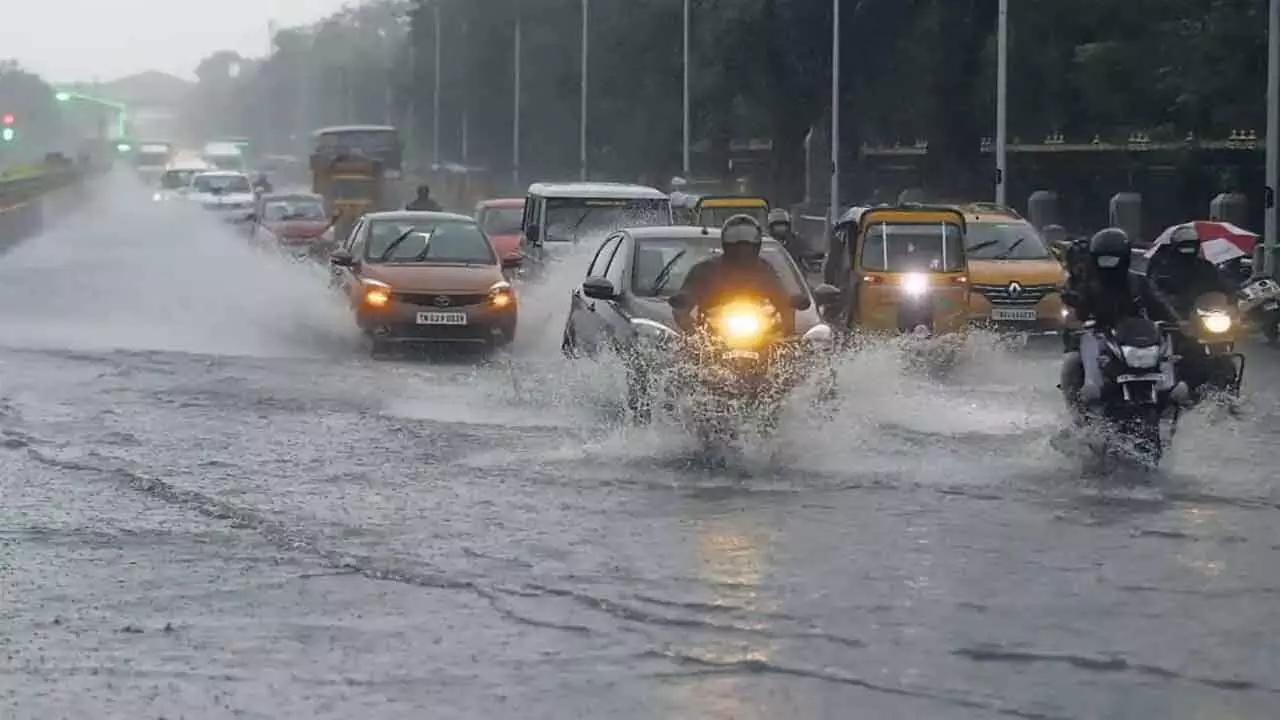Hyderabad Metro to Expand? New Routes Announced & Public Reactions
The Hyderabad Metro Rail project is poised for its next big leap, with Phase 2 expansion plans finally set in motion. This strategic move is not just about infrastructure—it’s about reshaping how Hyderabad moves, works, and grows. As traffic congestion continues to challenge daily life and population density rises in every corner of the city, expanding the metro network has become more urgent than ever.
Phase 2 Expansion: What’s on the Map
Phase 2 of the Hyderabad Metro introduces multiple new corridors aimed at bridging critical gaps in the city’s transportation grid. These include:
-
Nagole to Rajiv Gandhi International Airport (RGIA): Covering 36.8 km with 24 proposed stations, this new stretch will offer direct metro access from Nagole to Hyderabad’s airport. This will be a game-changer for frequent flyers, airport employees, and tech professionals residing in the eastern parts of the city.
-
MGBS to Chandrayangutta (Old City Corridor): A 7.5 km stretch that is finally bringing the culturally rich Old City into the metro fold. This addition responds to years of demand from Old City residents who felt left out of the city’s modernization plans.
-
LB Nagar to Hayathnagar: A 7.1 km extension designed to connect the fast-growing southeastern suburbs with central Hyderabad. With six new stations proposed, this corridor will benefit thousands of daily commuters heading into the city for work.
-
Miyapur to Patancheru: A 13.4 km line that strengthens the metro’s presence in the industrial belt of Patancheru. This area sees heavy traffic from both manufacturing workers and logistics personnel, making it an essential link in the city’s transit system.
-
Raidurg to Kokapet Neopolis: This 11.6 km extension targets Hyderabad’s booming western corridor. Kokapet, with its upscale residential projects and expanding tech ecosystem, will now enjoy improved connectivity to key IT hubs like Gachibowli and HITEC City.
A Step Towards Better Urban Mobility
Residents of Hyderabad have reacted with cautious optimism to the metro expansion announcement. Many daily commuters, especially from densely populated areas like LB Nagar, Kukatpally, and Chandrayangutta, expressed relief at finally getting fast, predictable public transportation options.
Jyoti, a bank employee living in Hayathnagar, said, “It takes me more than 90 minutes to reach my office near Khairatabad using a mix of autos and buses. With the metro coming here, I can finally have a safer, faster commute.”
For students, the new metro lines offer hope for better access to central education hubs without relying on expensive private transport. Lakshmi, a student from Patancheru, said, “I’ll be able to go to college near Ameerpet without having to change three buses. That’s a huge relief for me and my family.”
The Inclusion of the Old City: Long Overdue
Perhaps the most emotionally significant development is the MGBS to Chandrayangutta corridor. The Old City is one of the most historically and culturally rich parts of Hyderabad, yet it remained disconnected from the metro network in earlier phases. This had led to criticism that metro expansion favored newer, upscale areas over older neighborhoods.
With this new route, residents will finally have access to modern transportation without compromising their deep-rooted connection to local heritage and community. However, concerns remain about how the metro construction will interact with heritage buildings, narrow lanes, and high-density housing.
Challenges Ahead
While the announcements are promising, executing Phase 2 successfully comes with its own challenges:
-
Heritage Sensitivity: Especially in the Old City, any construction must respect existing religious structures, traditional markets, and historic homes. Authorities will need to work closely with local communities to ensure no cultural damage is done.
-
Land Acquisition: Acquiring land for stations and corridors in high-density areas like Miyapur, LB Nagar, and Chandrayangutta may face resistance or delays unless done transparently.
-
Traffic Management During Construction: The first phase taught Hyderabad the pain of construction-related diversions. Lessons from that period must be used to ensure smoother implementation this time.
-
Funding and Coordination: The Telangana state government will need central approvals and possibly private-public partnership models to fund this ambitious expansion. Delays in clearance or cost escalations could slow progress.
Positive Economic Ripple Effects
The Phase 2 expansion is expected to have wider benefits beyond just daily commutes. Areas getting metro stations typically experience a spike in real estate value, better retail development, and improved civic amenities. Kokapet, for example, is already a hotspot for luxury residential projects. Metro access will only increase investor interest.
For small businesses and shop owners, footfall near metro stations tends to be higher, helping them grow their customer base. Street vendors, chai shops, and small cafes along new routes are likely to benefit from increased traffic.
People’s Reactions: Mixed but Hopeful
Hyderabadis have taken to social media and community platforms to share their views. While many are excited about the added convenience, others are demanding faster timelines and more transparency in route planning.
Ramesh, a techie from Raidurg, shared, “I hope this doesn’t take another five years. Kokapet is growing fast, and we need this metro line yesterday.”
Meanwhile, community leaders from the Old City have welcomed the inclusion but are also calling for local hiring in metro construction and operations. “If this metro line is passing through our area, let our youth also get jobs building and running it,” said local activist Sajid Khan.
The Bigger Picture: Hyderabad’s Urban Future
With these expansions, Hyderabad is clearly positioning itself as a world-class metro city. The Phase 2 blueprint not only strengthens East-West and North-South connectivity but also ensures that lesser-served regions are no longer left out.
But it’s not just about steel, cement, and trains. It’s about reducing car dependency, easing pollution, encouraging public transport, and making Hyderabad a more livable city for everyone—from IT professionals to students to senior citizens.
The announcement of new Hyderabad Metro routes under Phase 2 has rekindled public hope for a smarter, more inclusive transportation system. If implemented thoughtfully and efficiently, this expansion can truly redefine how people experience the city.
Whether it’s a mother taking her child to school, a shop owner heading to the wholesale market, or an airport employee catching the early shift, the metro has become more than just a convenience—it’s becoming a symbol of a changing Hyderabad, one station at a time.




